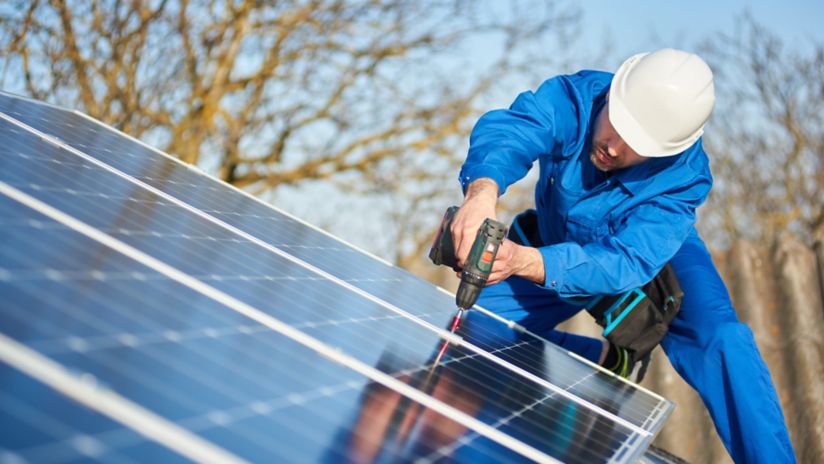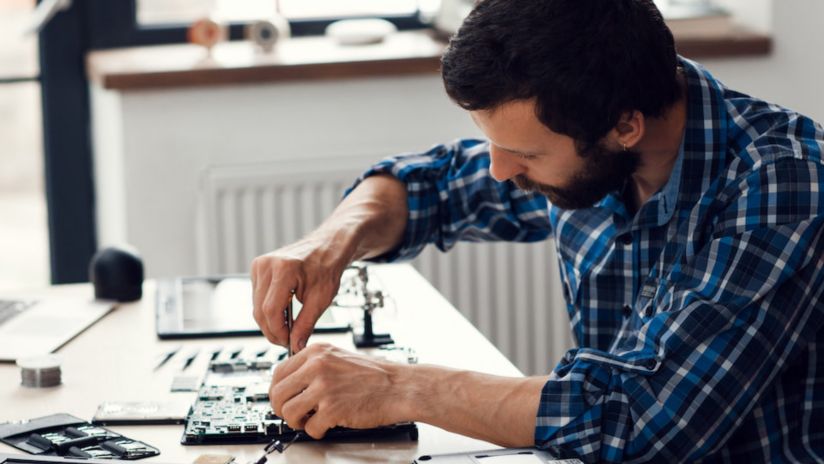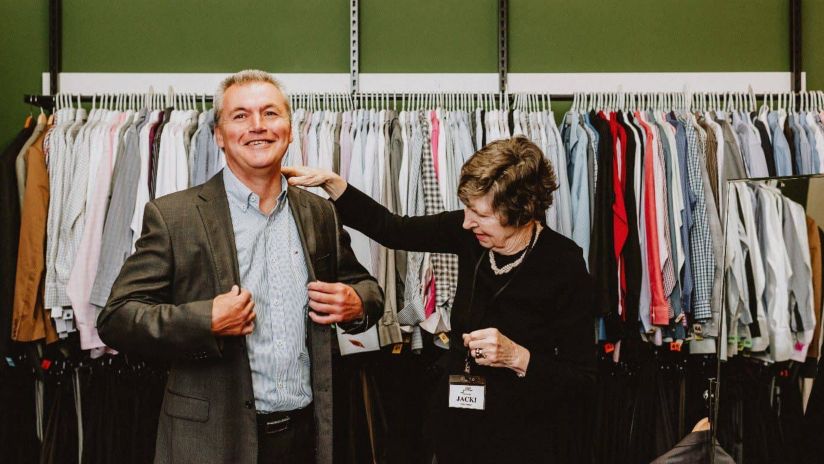Five things we learned in our first year of being carbon neutral

Running Australia’s leading telecommunications and technology company means it takes a lot to keep the lights on. And with the rising demand for data owing to ongoing COVID lockdowns and a move to online working, learning and entertainment, we can only expect to use more energy over time to keep Australians connected.
Climate change is one of the defining challenges of this decade, and that’s why we’re taking action now.
Ultimately, the most difficult part of going carbon neutral is taking the first step, but it gets much easier once you’ve started. Here’s what we’ve learned in the past year.
Focus on reducing your emissions first
Going carbon neutral should come with two objectives: to set ambitious commitments to reduce emissions as much as possible, then neutralise the remaining emissions with carbon credits.
The first step is to figure out where your biggest emissions are coming from. If you’re starting out, the GHG Protocol provides great guidance and tools to help build your emissions profile.
For us, we looked at everything from the fuel we use for our vehicles and generators (scope 1 emissions), the electricity we use to run our network, offices and stores (scope 2 emissions) and our travel, operational waste and even the emissions from our suppliers providing equipment to build our network (scope 3 emissions).
We’ve drawn on 15 years of emissions reporting to identify air conditioning, ventilation systems, power conversion and lighting as our biggest energy users across thousands of our fixed network sites and datacentres. So this is where we’re focussed on reducing our emissions.
For example, we’re using outside air to cool our facilities on cold days; switching fluorescent lights to LEDs and adding motion sensors to switch them off when they’re not required. We’re also running parts of our network with thousands of solar panels and using smart meters to help us track performance and manage the load.
We’re working closely with our suppliers to better understand our value chain emissions and incorporate new low-emissions products and services into our business to be as efficient as possible going forward.
When it comes to setting your emissions targets, The Science Based Targets Initiative is a great organisation that aligns to the latest research about what needs to be done to reduce the impact of climate change.
Invest in long-term relationships with carbon credit projects
When sourcing carbon credits, we’re not looking for the cheapest, quickest option. We’re building long-term relationships with project owners to create real impact for many years to come.
In Australia, we’re purchasing credits from a small number of First Nations savanna burning projects and reforestation projects. This year we’ve purchased 70,000 credits in Australia, up from 11,000 the year before.
Once again we’ve purchased credits from the Southern Aurukun Savanna Burning Project in Cape York which combines traditional knowledge – how to read country and knowing when to burn – with high-tech hardware including helicopters, fireballs and leaf blowers, to ensure traditional patchwork burning is performed in the right way and greenhouse gas emissions are reduced on Wik and Kugu country.
With cooler fires lit by the right people at the right time of year, we can reduce carbon emissions and better manage the threat of wildfires in the dry season.
Other First Nations savanna burning projects we’ve invested in this year include the Batavia Savanna Burning Project in Queensland and Wunambal Gaambera’s Right Way Fire Project in Western Australia.
Choose organisations and partners who share your same values
It’s also important to make sure that the carbon credits you invest in are actually making a difference to avoid or remove greenhouse gas emissions. Sourcing credits from projects that line up with your company values will help set you up for success.
Some of the guiding principles we follow when choosing projects include: Is the project location aligned to where we operate? What is the project’s connection to land? Do they use traditional land practices? Does this project create economic benefits for the local community, especially those in regional, rural or remote areas? Is the project aligned to addressing our largest source of emissions, energy? And, is there an opportunity for technology to improve the outcomes of the project?
Think big (like, really big)
Climate change is a global challenge, and we need to look at ways to support a global solution.
It doesn’t matter where emissions are released in the world, it all contributes to the same environmental impact, and climate change is disproportionately affecting developing nations.
Last year we purchased more than two million carbon credits globally to achieve our carbon neutral certification and we continue to invest in relationships with solar and wind farms in India as part of this.
Australia’s carbon offset market ripe for the taking
By some estimates, Australia’s carbon offset market could drive $24 billion worth of investment and tens of thousands of jobs – particularly for regional and rural communities.
Australia has the potential to create large quantities of carbon credits to help address climate change and opening up to international markets could create a significant new export opportunity.
Forecasts also indicate carbon markets may need to grow by 15 times by 2030 to keep up with the increasing demand in addressing climate change.
We’re also continuing to explore investments in projects that remove CO2 from the atmosphere, such as reforestation, buying more time for the world to decarbonise.
What’s next?
Getting everything together for a carbon neutral certification can be a herculean effort, particularly for smaller businesses. If you’re looking to take the first step on your carbon neutral journey, reach out to Climate Active today.


